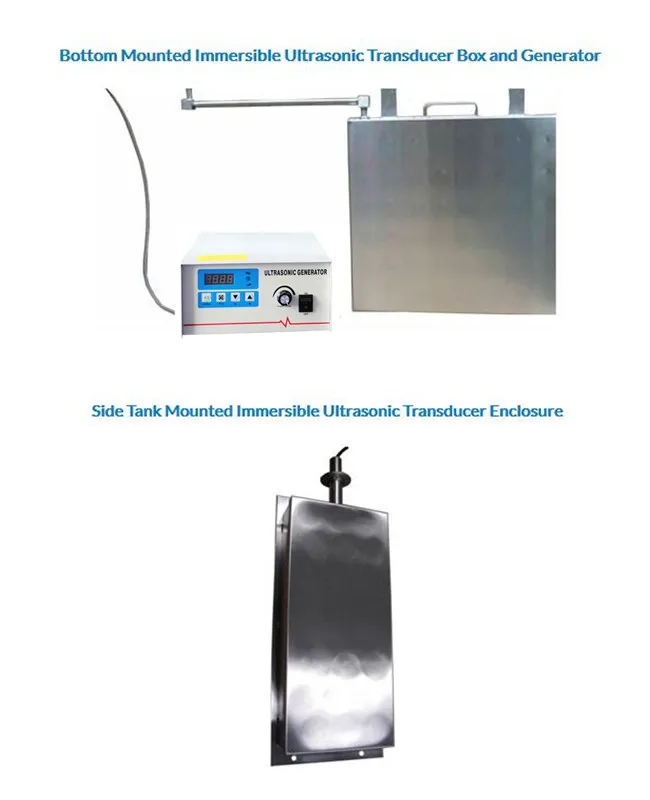


Piezo ultrasonic transducers full#
In order to adapt the transducers to different applications, manufacturers need to be able to modify the piezo formulation and mechanical design - starting with the piezo powder, and maintaining full control over all manufacturing steps, allowing for fully-customized components, assemblies and systems. Ultrasonic piezo transducer applications include distance measurement, object recognition, filling level or flow measurements, high-resolution material tests, and medical diagnosis and therapy. This frequency range is used for many purposes in industry, medical engineering and research. Ultrasound is sound above the human hearing range, typically starting with frequencies above 20 kHz. Oscillation frequencies of up to 20 MHz are feasible. Generating and detecting ultrasound, for example, is a classic piezo application, because AC voltages make piezo elements oscillate. This opens up a multitude of potential applications, including ultrasonic, force or acceleration sensors, and complex adaptive systems. It is also highly sensitive - the smallest deformations produce a measurable charge displacement, and potential changes as small as microvolts can produce sub-nanometric motion - after all, atomic force microscopes use the piezo effect. The piezo effect is based exclusively on displacements within the crystal lattice of the piezoelectric element and not subject to any mechanical friction or wear.

While the inverse piezo effect can be used for motion control applications, the direct piezo effect or a combination of both effects lends itself to the manufacture of sensors. Then, when an electric field is applied, a dimensional change occurs (inverse piezo effect). First, when a force is applied, an electric charge is generated (direct piezo effect). Piezoelectric transducers are based on electro-ceramic materials that convert mechanical power into electrical power and vice versa. By Frank Moeller and Stefan Vorndran, PI (Physik Instrumente)


 0 kommentar(er)
0 kommentar(er)
